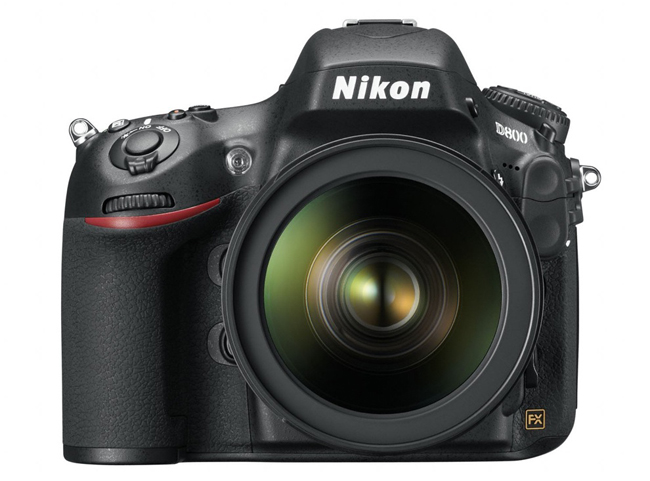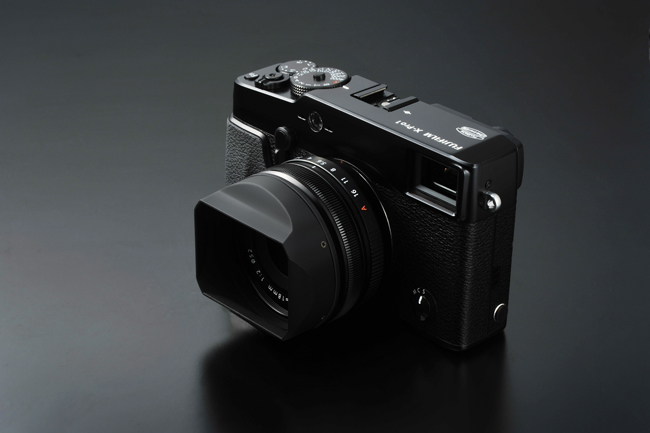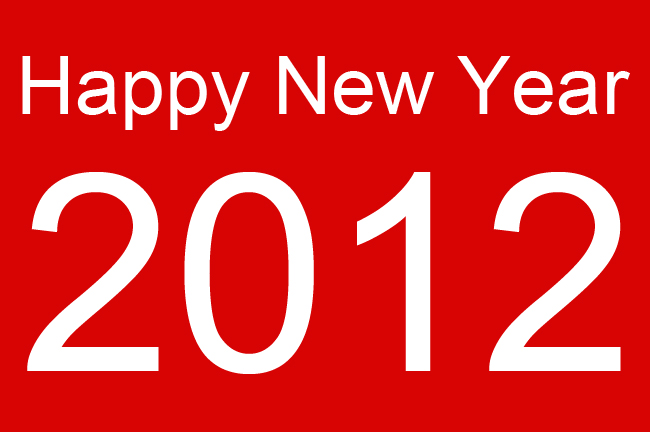 So the Nikon D800 is finally here and it's either a big leap forward or a giant step back. There's actually two models, the D800 and the D800E, with E model having the same spec, but with the anti-aliasing filter removed for sharper photos at the risk of introducing a moire effect. I've held back from buying a D700 for about a year because it's replacement was just around the corner, and I think it would have been if not for the natural disasters in the east over the last 12 months. But i kinda wish I had went ahead and bought a D700 last year, in fact I might buy a D700 this year???.
So the Nikon D800 is finally here and it's either a big leap forward or a giant step back. There's actually two models, the D800 and the D800E, with E model having the same spec, but with the anti-aliasing filter removed for sharper photos at the risk of introducing a moire effect. I've held back from buying a D700 for about a year because it's replacement was just around the corner, and I think it would have been if not for the natural disasters in the east over the last 12 months. But i kinda wish I had went ahead and bought a D700 last year, in fact I might buy a D700 this year???.
My first thought when I heard about the 36.3 megapixel sensor was that Nikon had screwed us over, and by us, I mean the guys that want full frame cameras, but can't afford a D3s, D3x or D4. All I really wanted to be honest, was a D700 with twin card slots, Quiet Mode and decent video. What I didn't want was files that take up three times the space, a much slower burst rate, and I especially didn't want worse ISO performance than it's predecessor. The D700 was groundbreaking because of it's low light/high ISO performance, so Nikon have just stuck two fingers up to most of their customers in this category and said "Nikon giveth and Nikon taketh away".
So is it all bad? No, not really. For studio work, I reckon this camera will shine. Huge files with lots of detail, if fact, I think Nikon are actually trying to bridge the gap between DSLR's and medium format, and if the images are sharp, they will probably succeed. The D800 is like the D3x's illegitimate brother that was the result of a secret affair. Nobody accepts him at first, but they'll probably grow to love him!
The D800 has broadcast quality video at full 1080p HD. It outputs to an external monitor at full resolution and has a mic input. The video is stunning, but I think too much emphasis is put on the motion capturing ability of cameras and not enough on the stills.
So I think I'm going to wait until the dust settles. Maybe I'll buy a D700, but with just a single card slot I would worry about the day when a card fails with a few hundred wedding photos on it. Maybe I'll try to pick up a D3s, there might be a lot of people offloading nearly new ones when they upgrade to the D4. Or maybe the D800 will grow on me and I'll put up with the huge files to get huge quality. What if the upcoming D400 has a 16 megapixel full frame sensor? With the D7000, what would be the point of a D400 with anything less?.....to be continued.











